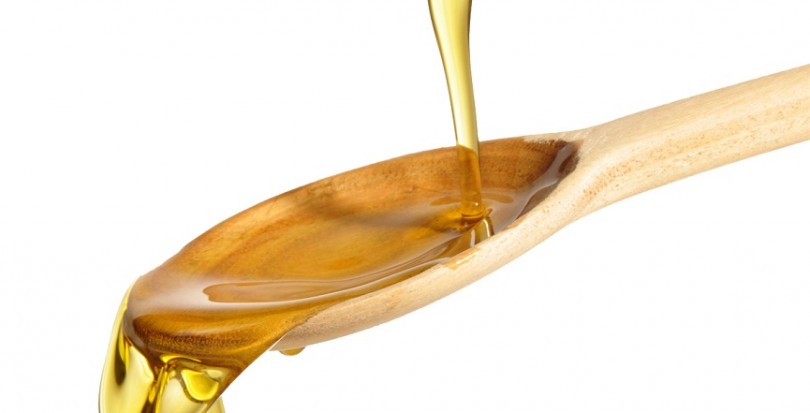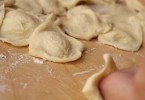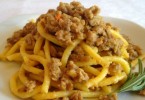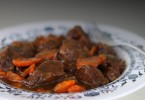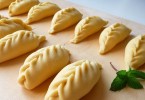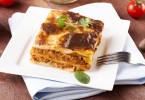Fats and vegetable oils… do you check them on the labels?
Vegetable fats are lipids extracted from vegetable and natural sources thus they do not come from the animal world as butter, cream and margarine.
Among the consumers, however, the words vegetable fats can create confusion: vegetable doesn’t mean that it is good, the food industry often uses oils and vegetable fats, dangerous for our health.
What are vegetable fats?
We could start from a careful reading of the labels, focusing on the fats later.
Vegetable fats are a wide category that we can easily divide in two parts: those ones that contain mainly unsaturated fats, not dangerous for our body and those with a lot of saturated fats, enemies of our health and the good working of the body.
Unsaturated fats…
There are vegetable fats that contain a great percentage of unsaturated fats, they are the so-called noble fats, seed oil, fruit and cereal like:
- Sunflower oil
- olive oil
- sesame oil
- pomace oil
- rice oil
Unsaturated fats are useful for the good working of our organism, not dangerous and safe for both adults and children, if consumed in small quantities
…and saturated fats
The second types of lipids, pretty dangerous, are rich in saturated fats and known as tropical oils; the king of this vegetable oil is palm oil, pretty criticized that has more than the 50% of saturated fats that enhance the bad cholesterol, obstructing the circulatory system and helping the weight increase and cardio-vascular diseases.
Be aware that the 90% of the food industry uses palm oil or hydrogenated fats in their backed products, although reliable international institutions on science and health widely showed that this ingredients are dangerous and advise a diet rich in healthy diet.
Pay attention to the labels: hydrogenated fats vade retro!
In the food industry, the used fats are mainly tropical fats such as palm or coconut oil, or the notorious hydrogenated fats.
But what are they? Hydrogenated fats are vegetable fats subjected to chemical process to give them the right consistency. It is a chemical process called hydrogenation that transform the polyunsaturated fats in TRANS fats that give them a solid consistency.
Which are the hydrogenated fats?
We all know the first one: margarine! The food sector, both industrial and craft, widely uses this ingredient but it is spread also on the Italian tables.
The main risks of the Hydrogenated Trans are:
- Increase of the cholesterol LDL
- Possible increase of the risk of cardiovascular diseases
- Increase of the coronary diseases
- Increase of the risk of obesity and weight
Where are the Trans fats? Read the labels!
It is possible to find it in the most part of the industrial products, both baked products and frozen or fridge food. Hydrogenated fats are a must in biscuits, cracker, snacks, desserts, mousses, creams, ice creams, spreadable creams and packaged bread.
A piece of advice?
Read always carefully the nutritive labels on the products that you buy and eat.
Avoid hydrogenated fats and palm oil
Prefer products that contain noble fats and vegetable oils
Maybe the purse will have few coins but your health will thank you!

